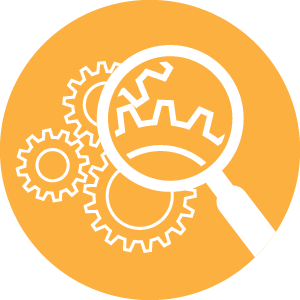Framework for Inclusive Teaching Excellence (FITE)

The Framework for Inclusive Teaching Excellence (FITE) maps the vision for professional development at Illinois State University and was informed by a systematic review of research on teaching and learning and an analysis of inputs collected from faculty, staff, and students. FITE supports the strategic directions of Excellence by Design, the strategic plan of Illinois State University.
The Framework was developed through an extensive process of data collection, analysis, and collaboration among many campus partners. Read more about its development on the Provost's website.
The six dimensions of FITE represent critical considerations for professional development in support of student success. Each aims to address ways in which course instructors can work to create high-quality, evidence-informed learning experiences that are accessible to and inclusive of all students.





